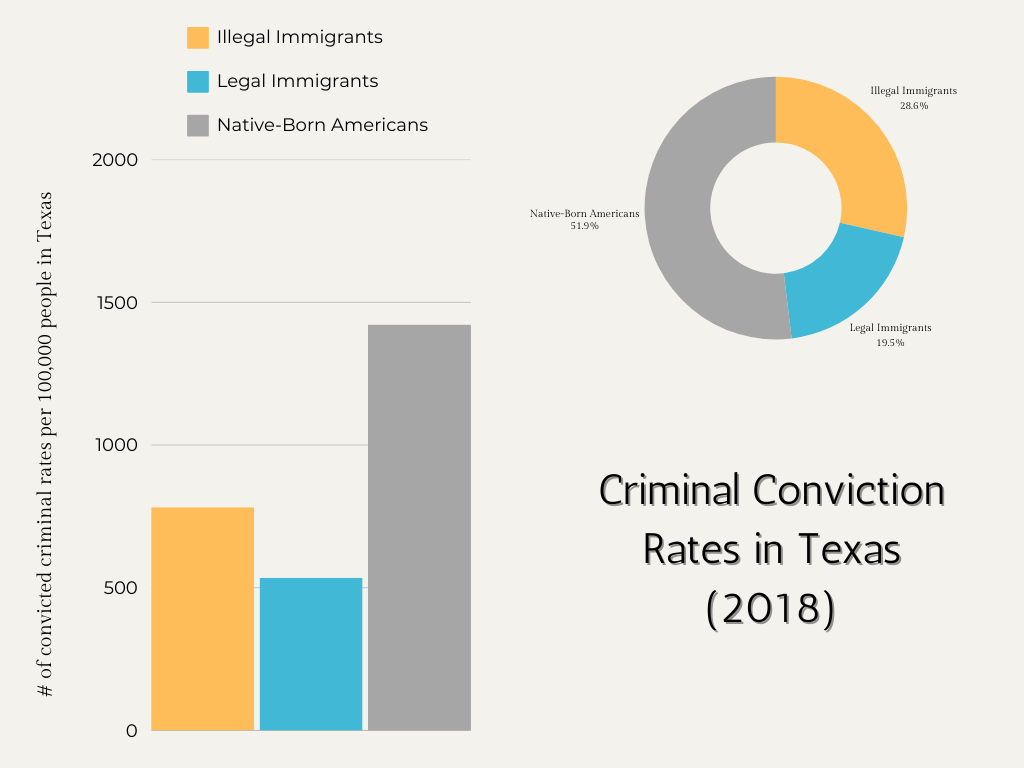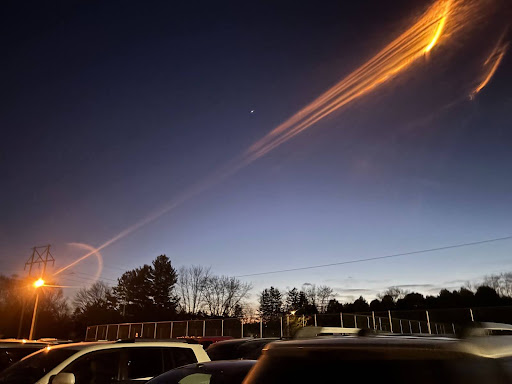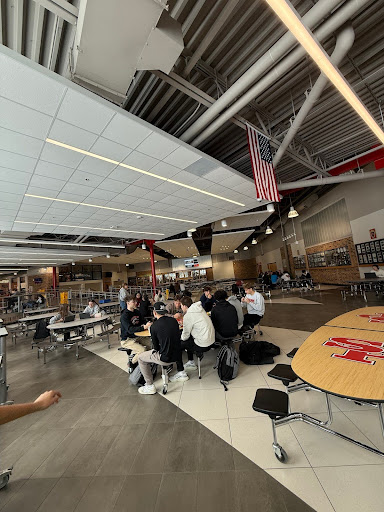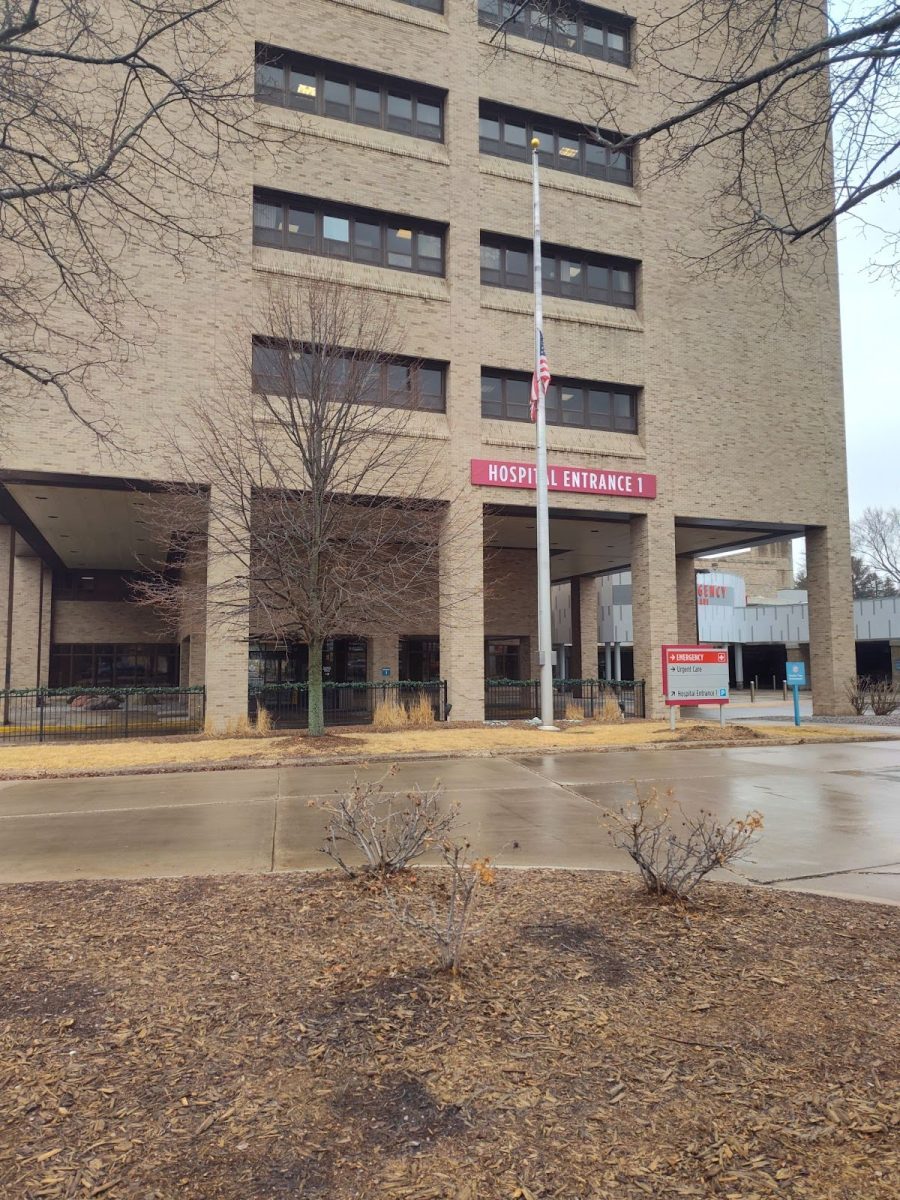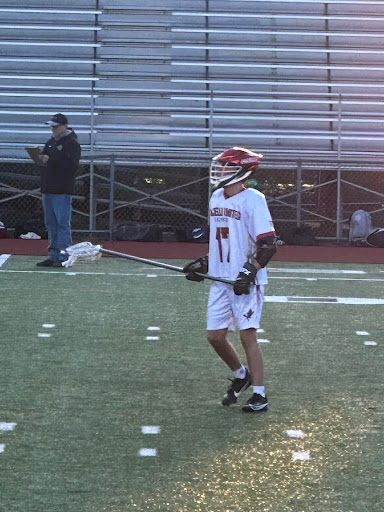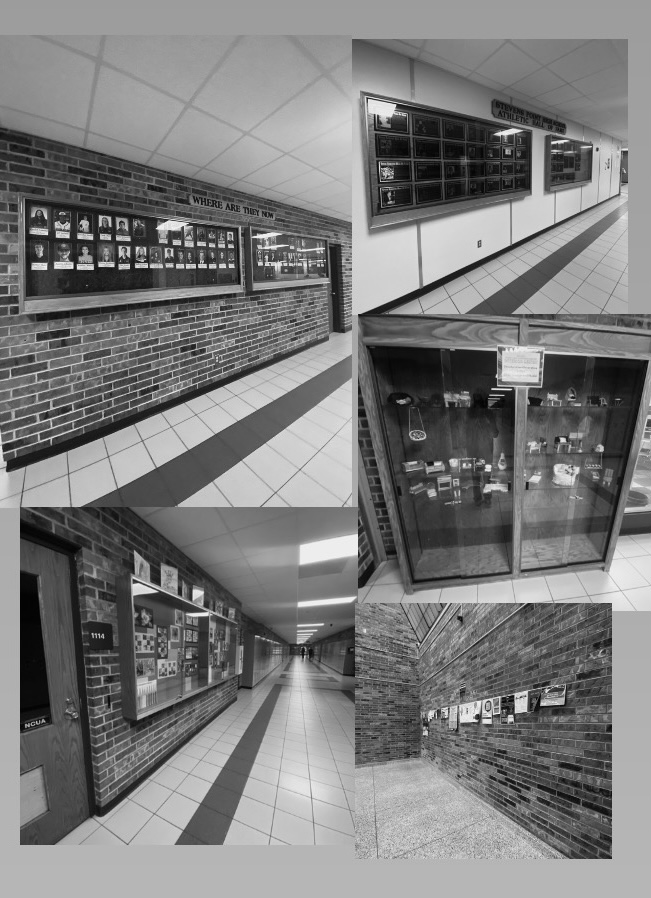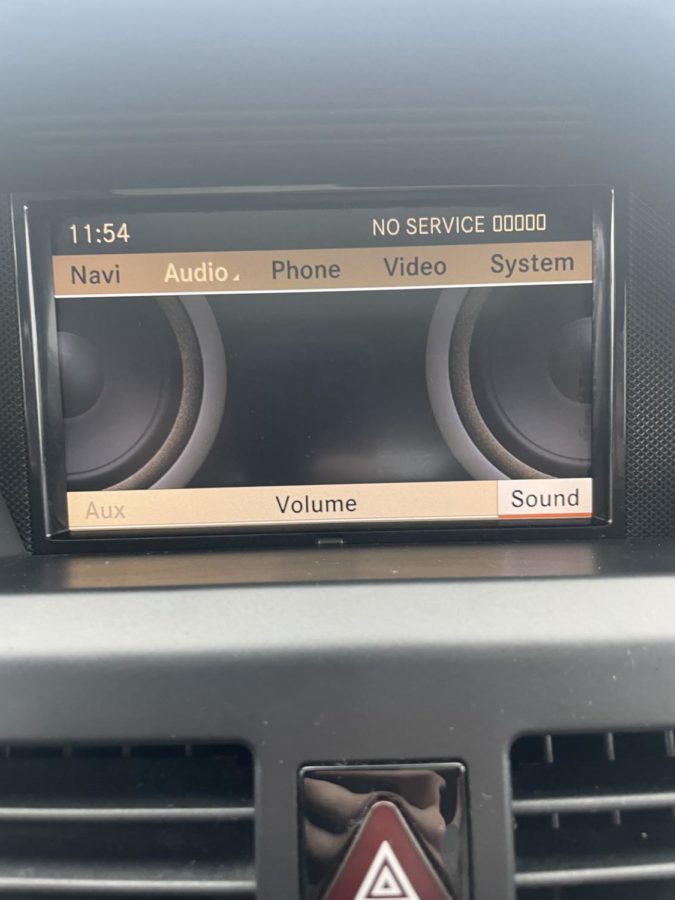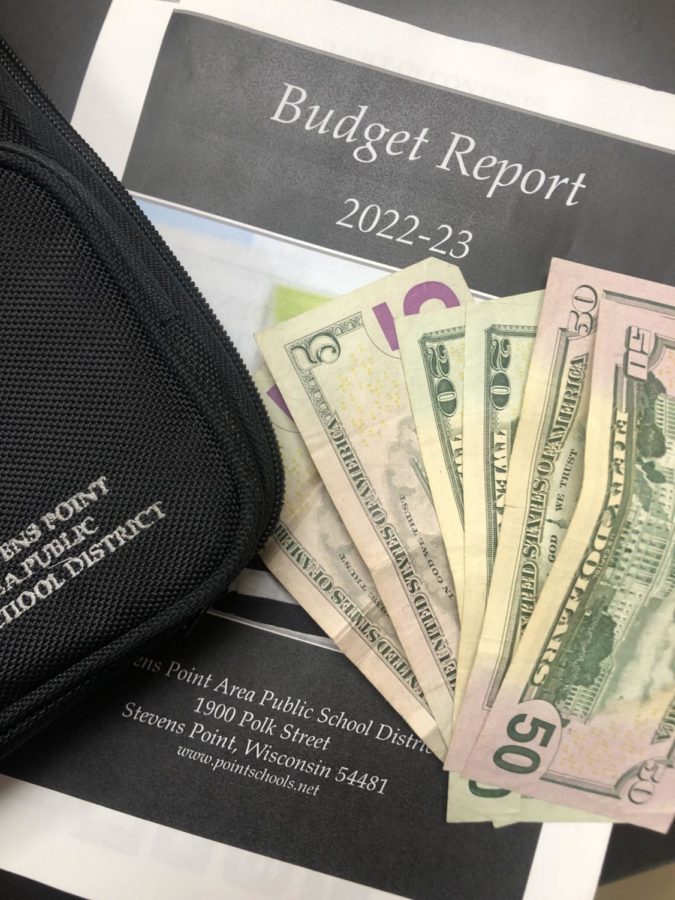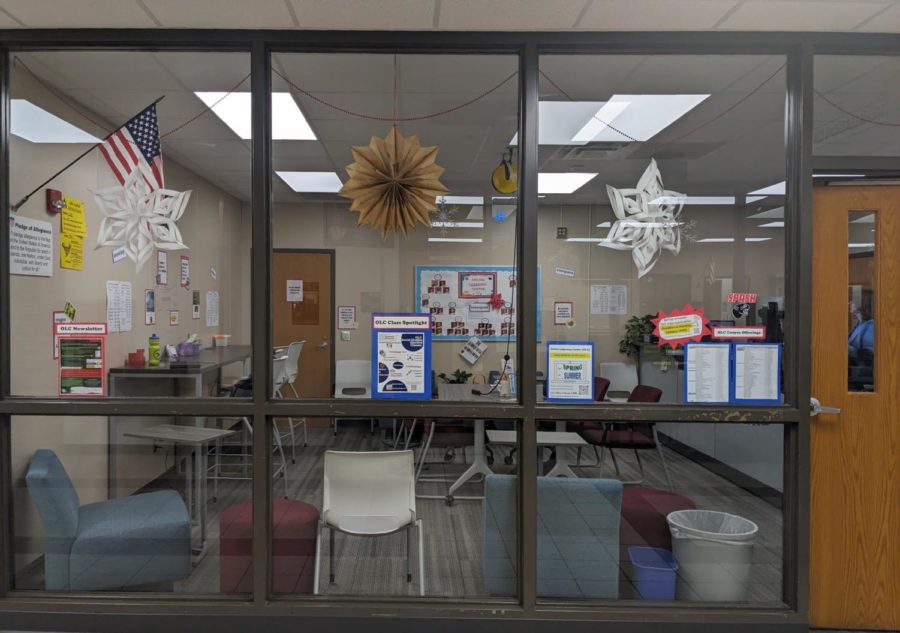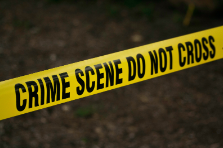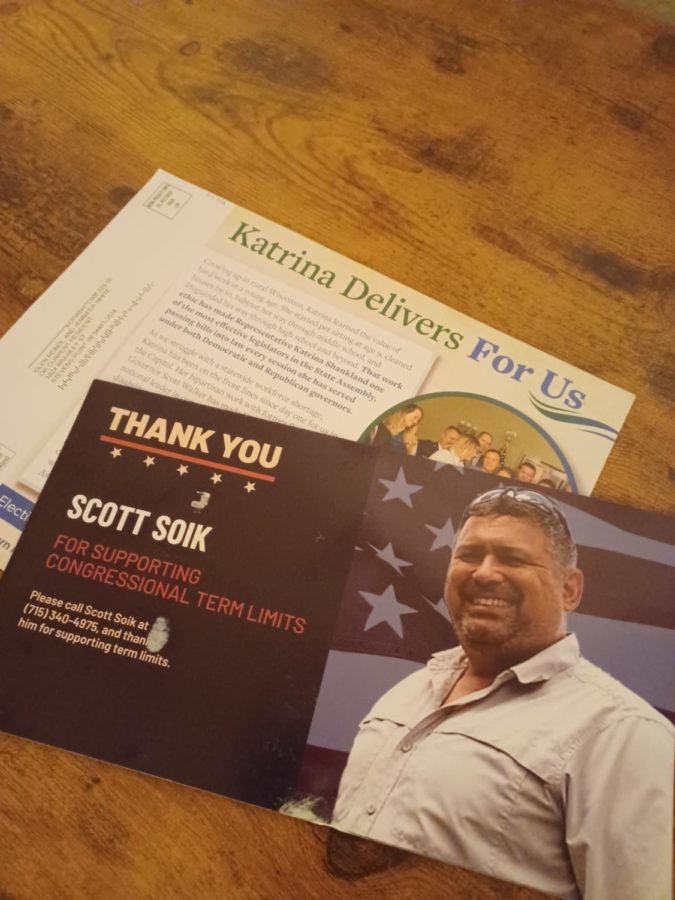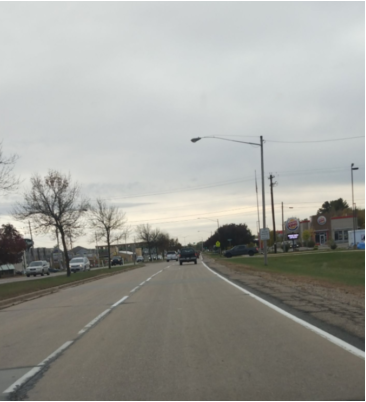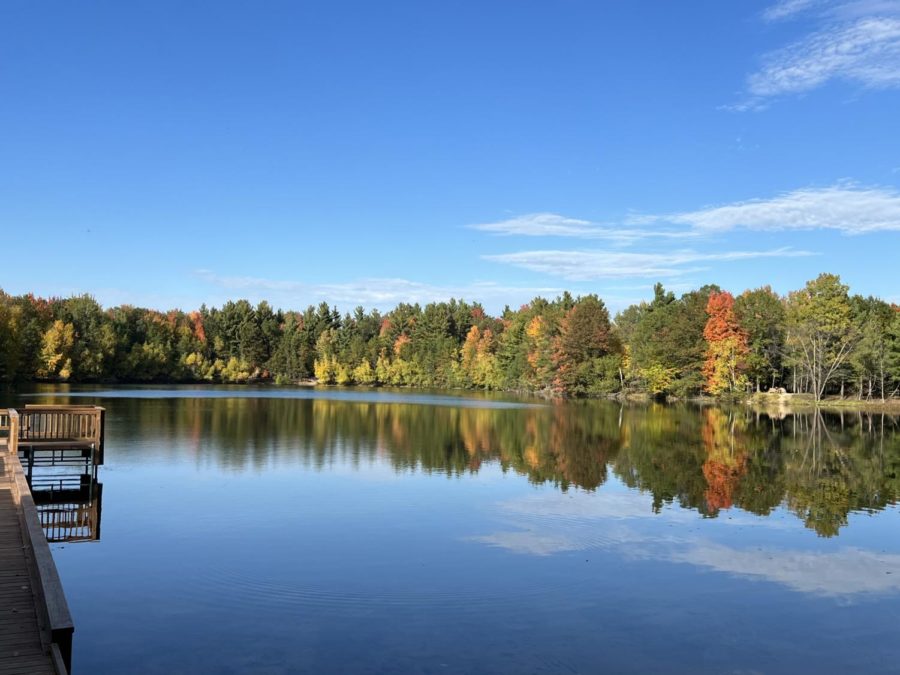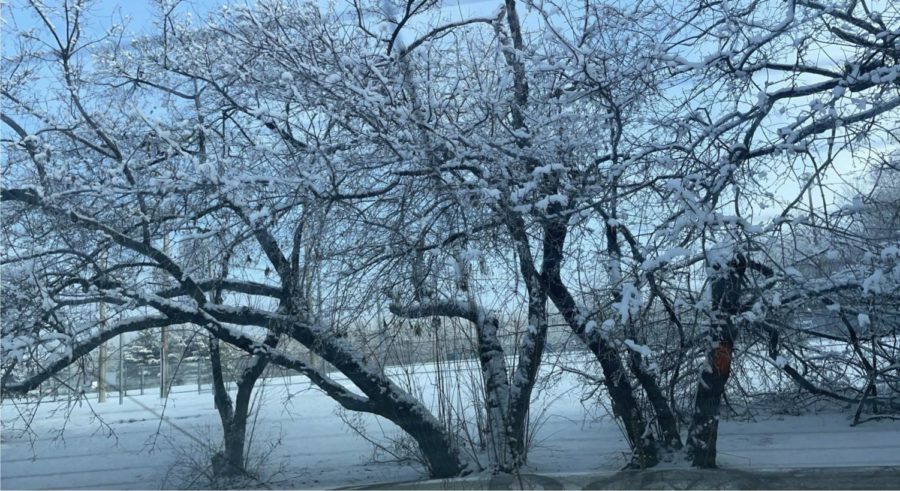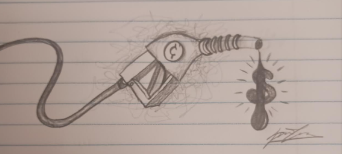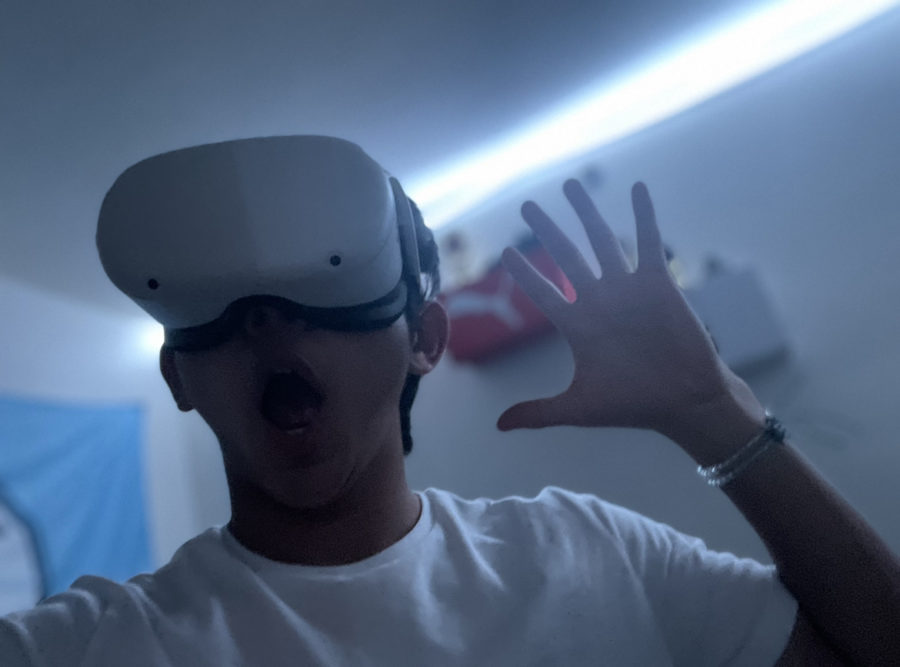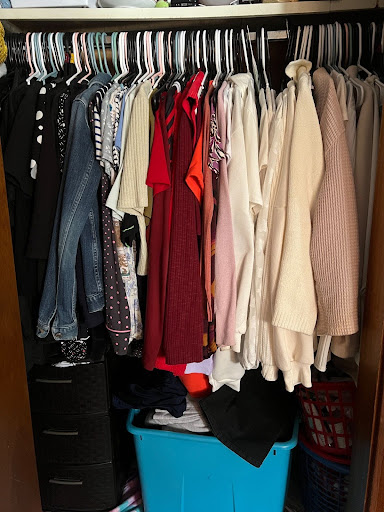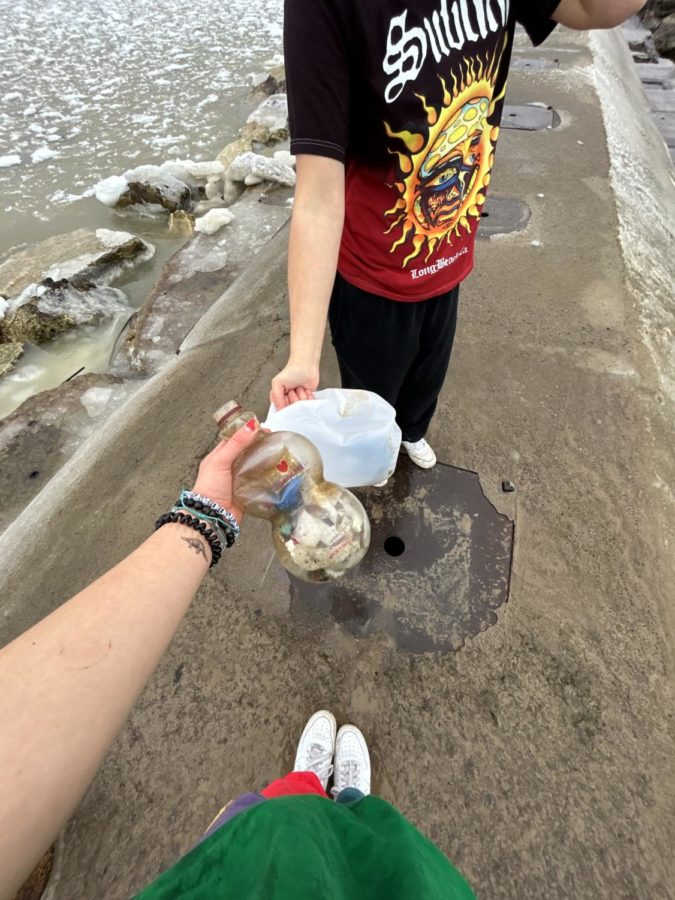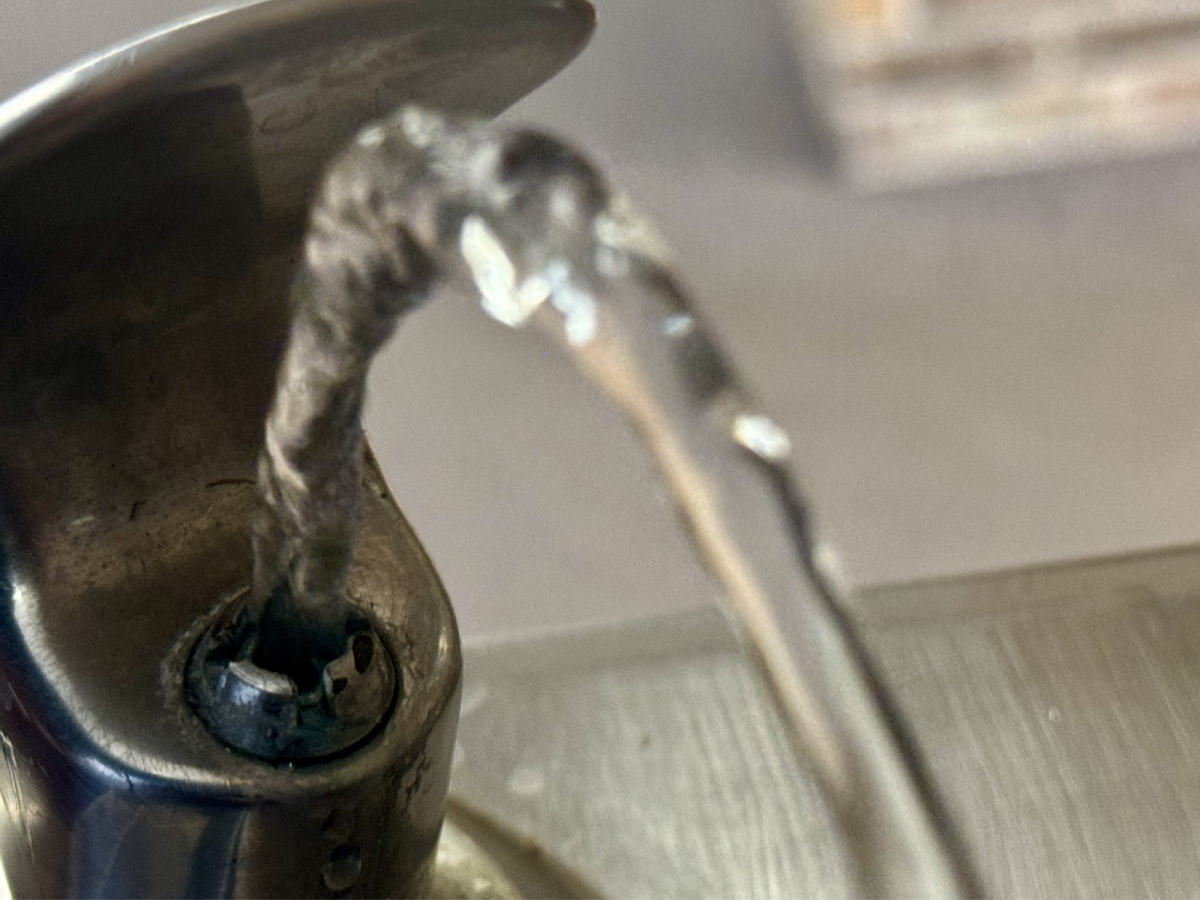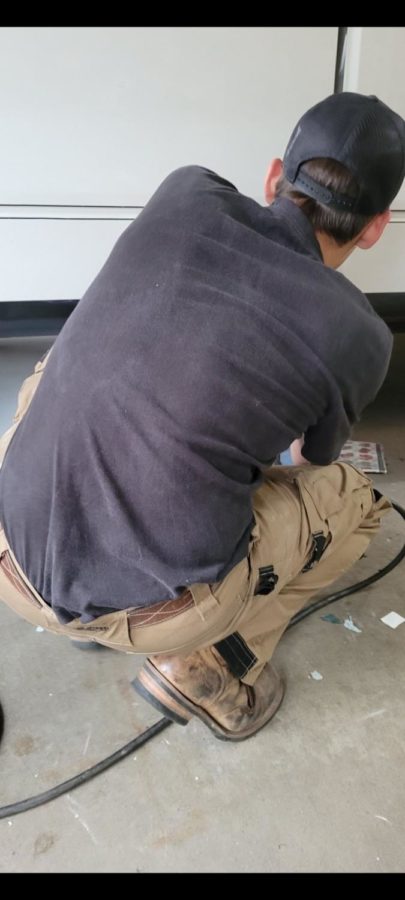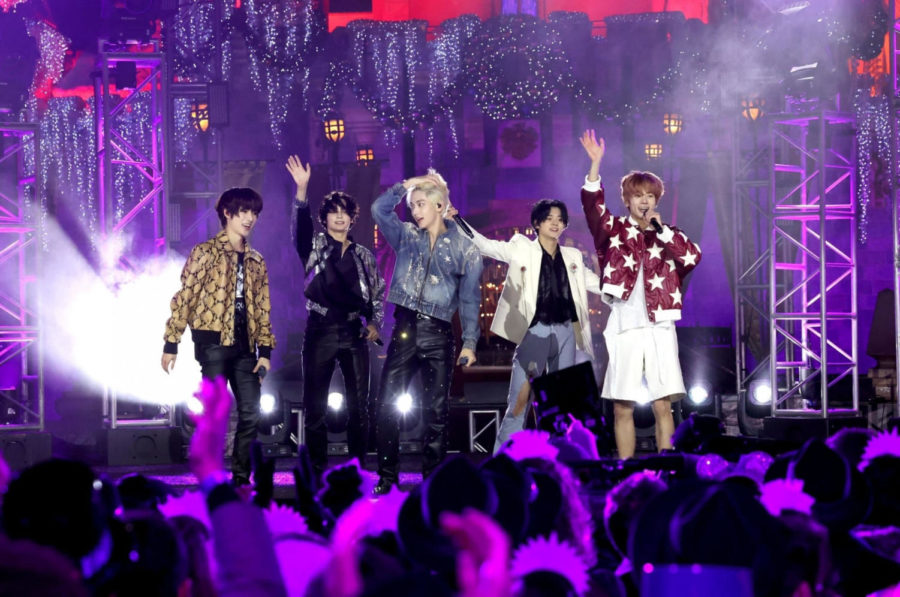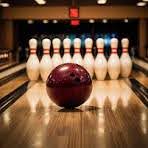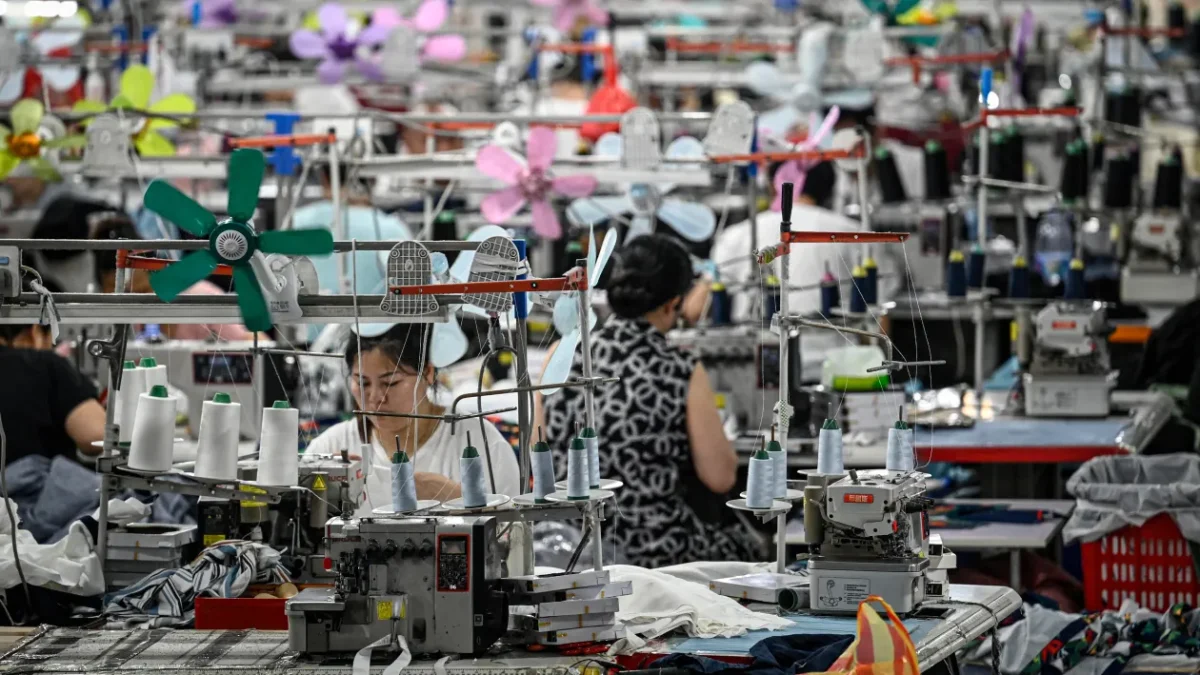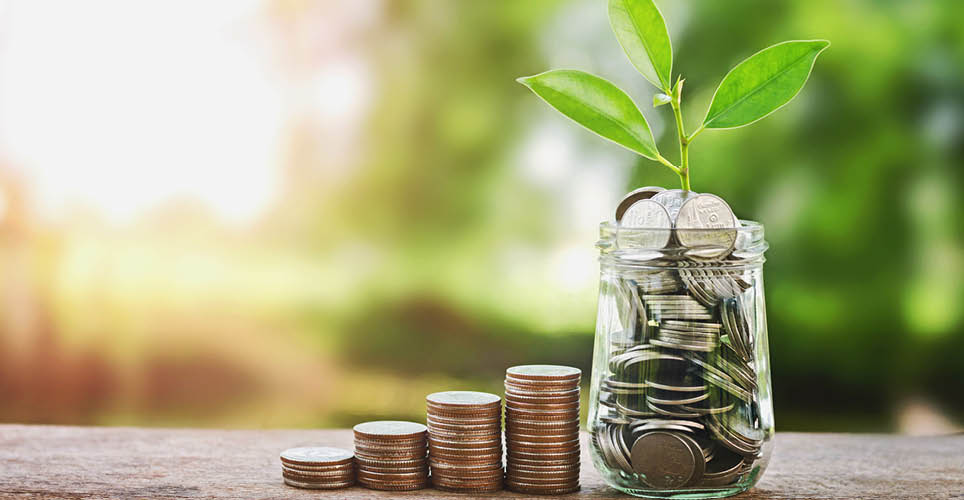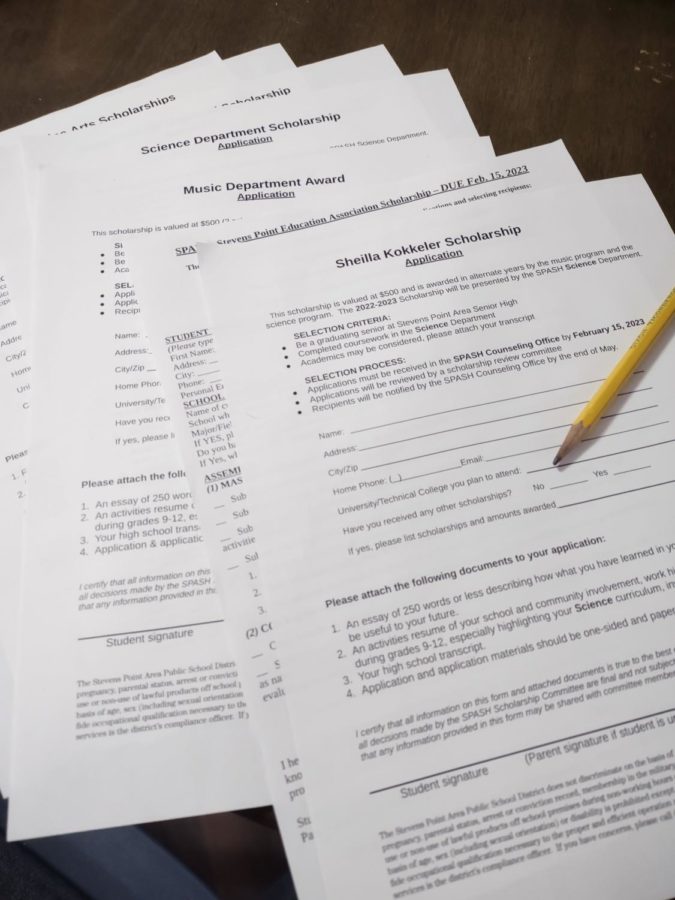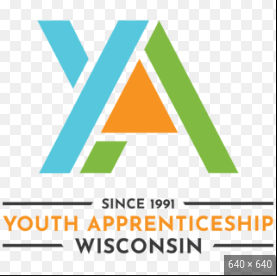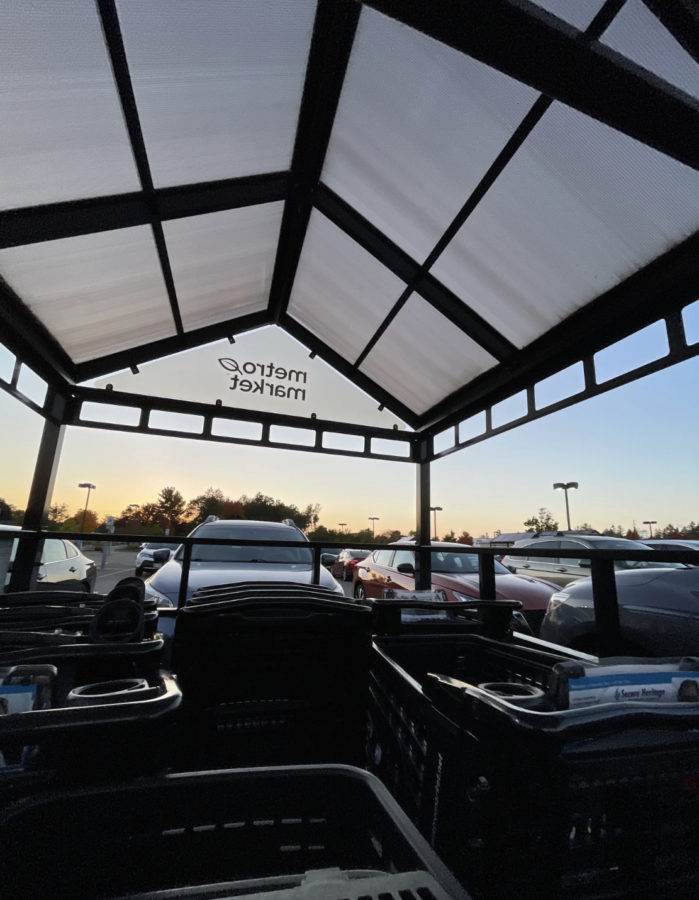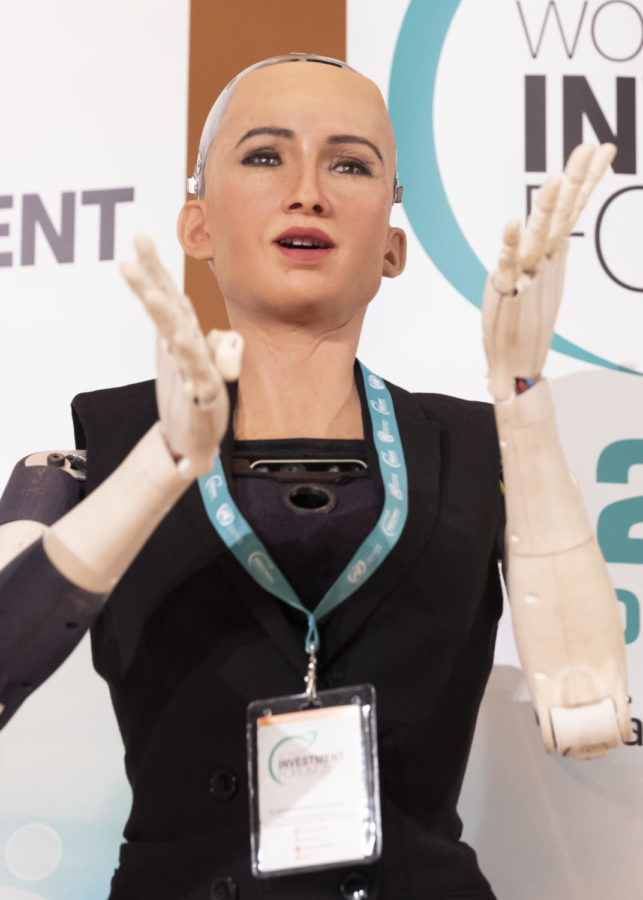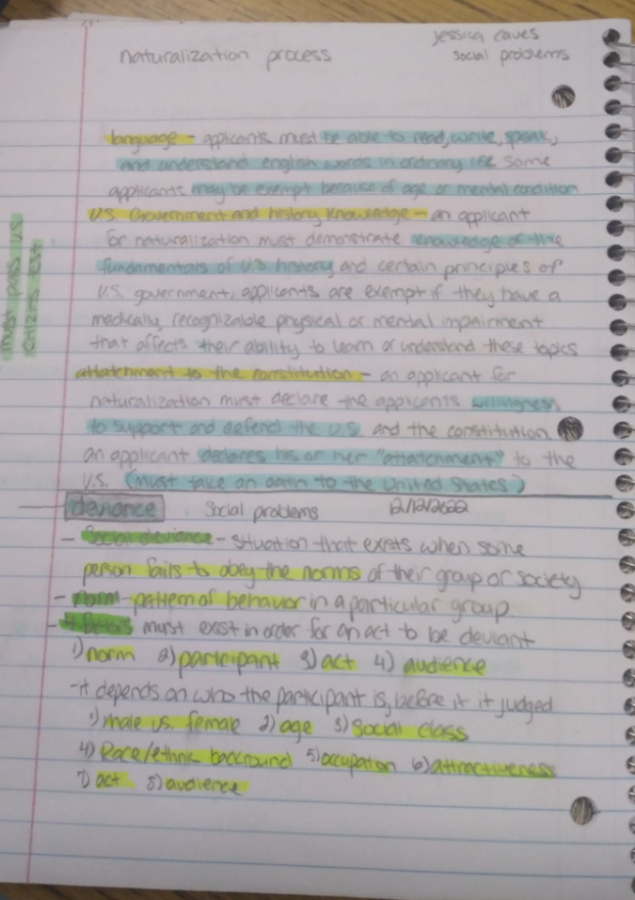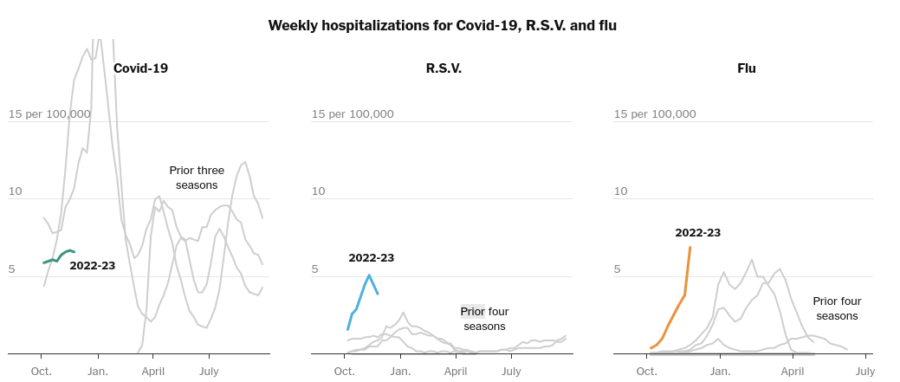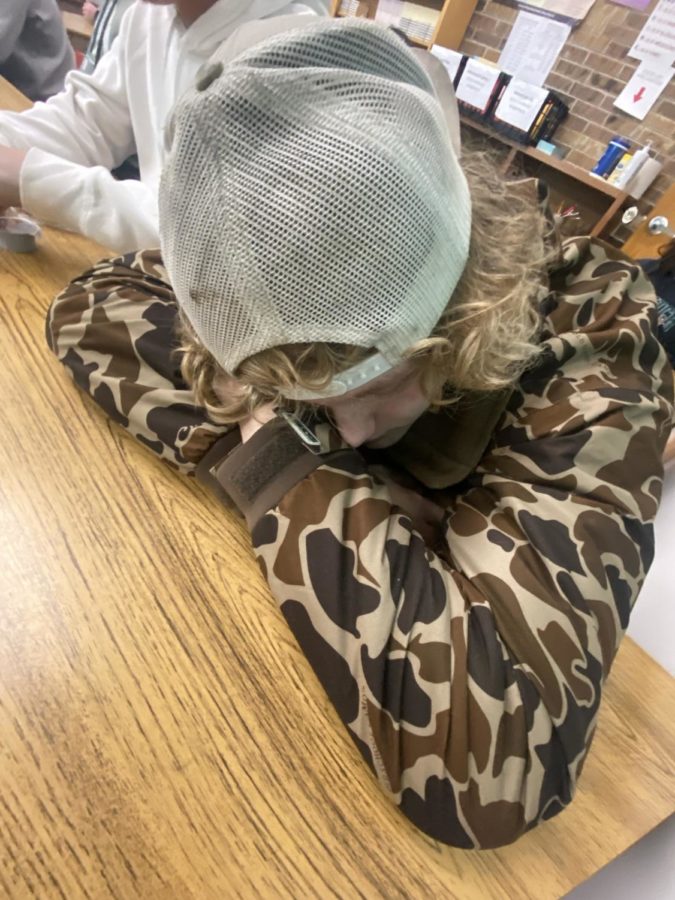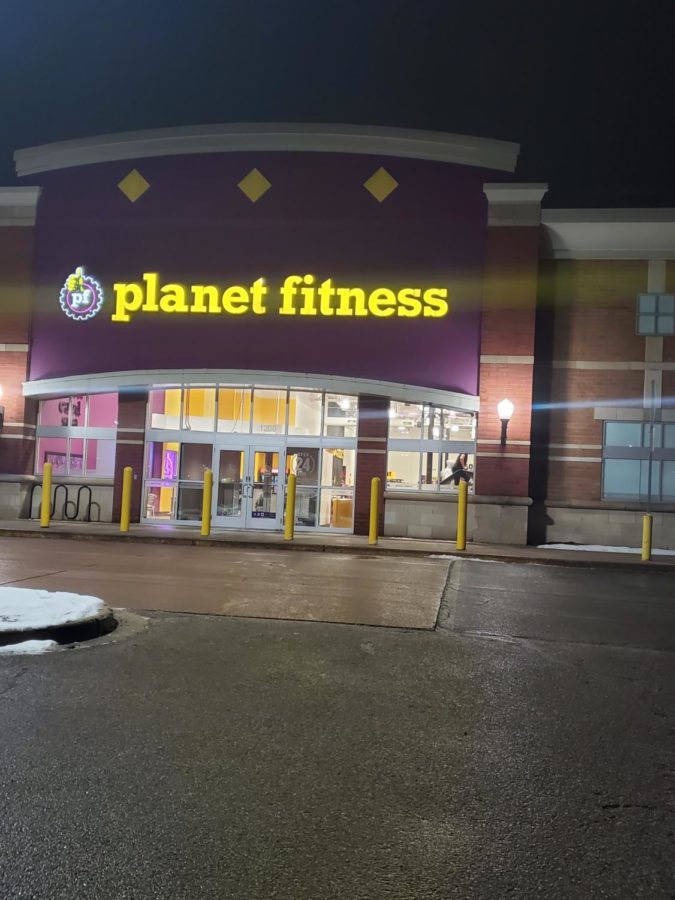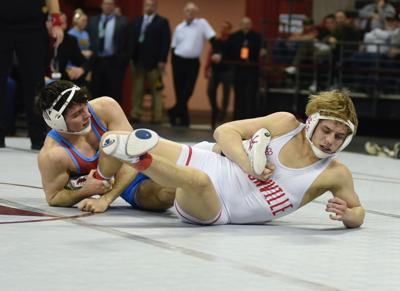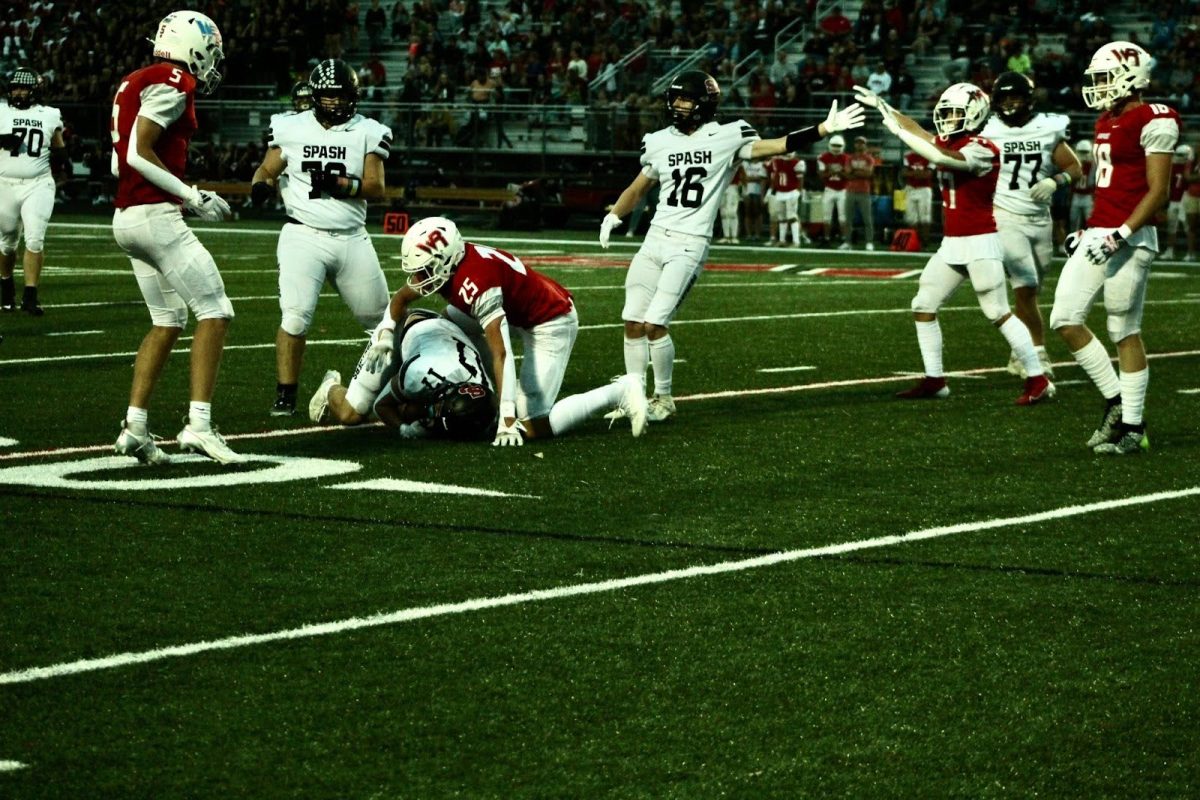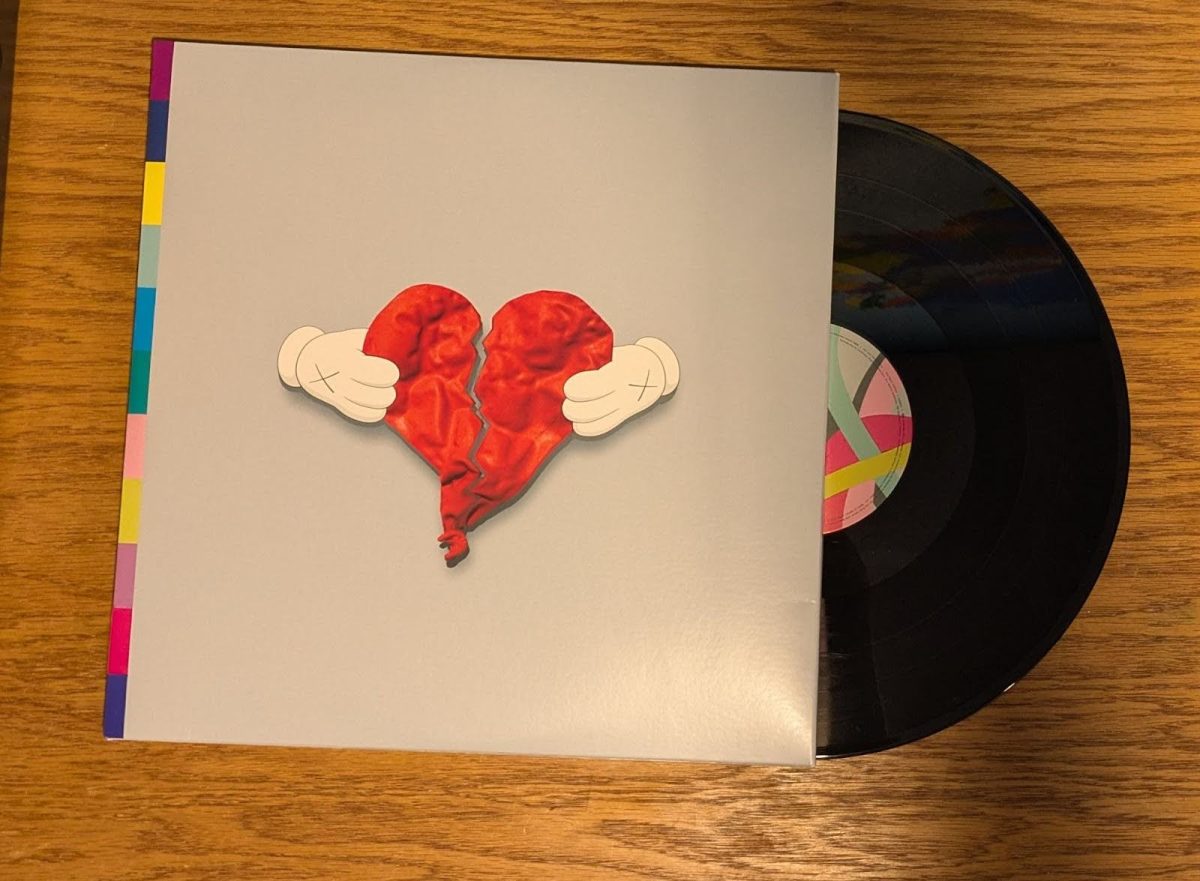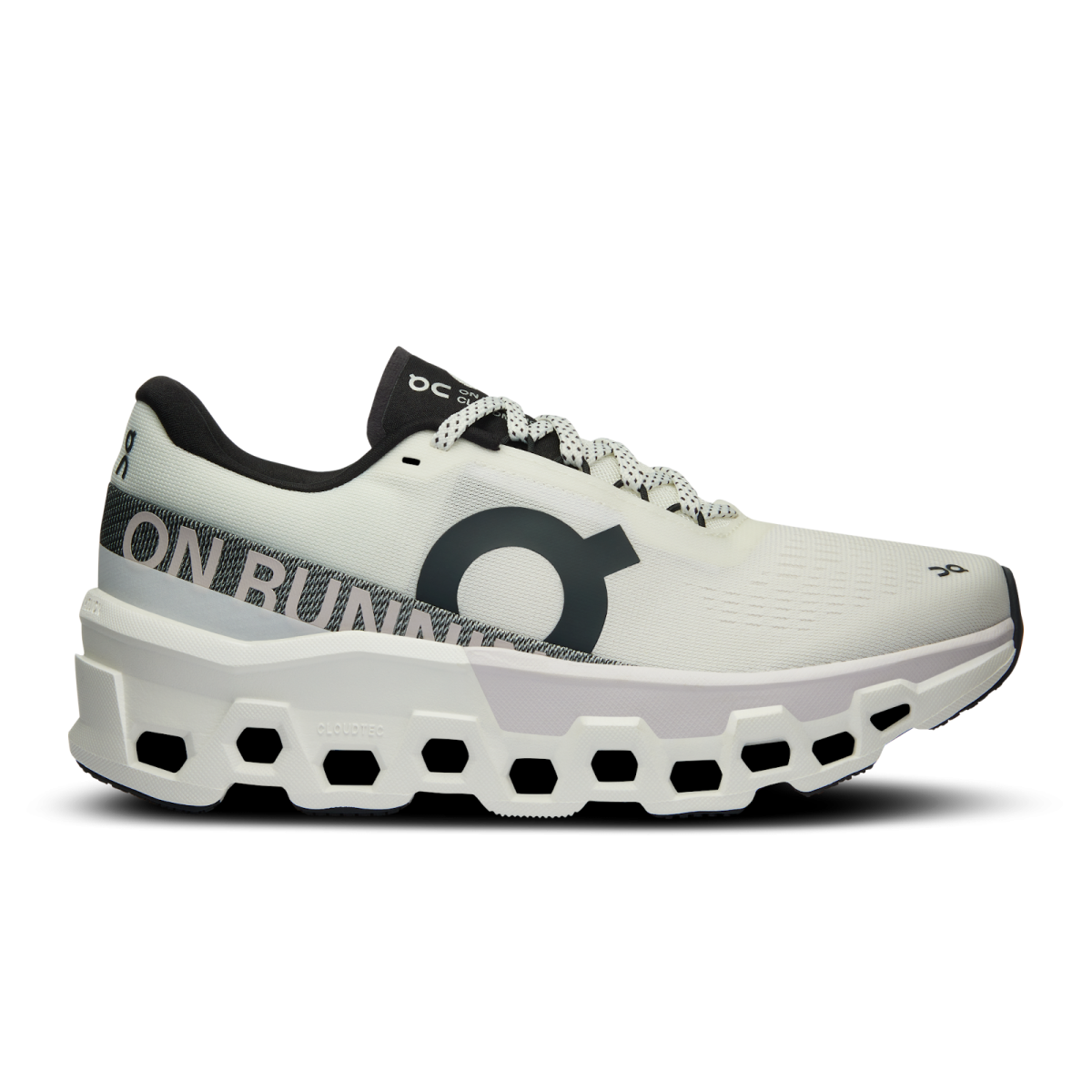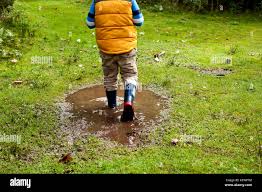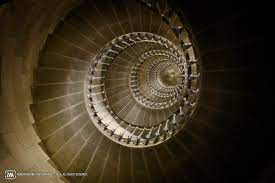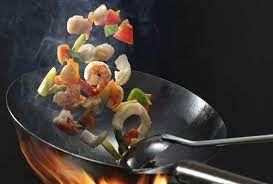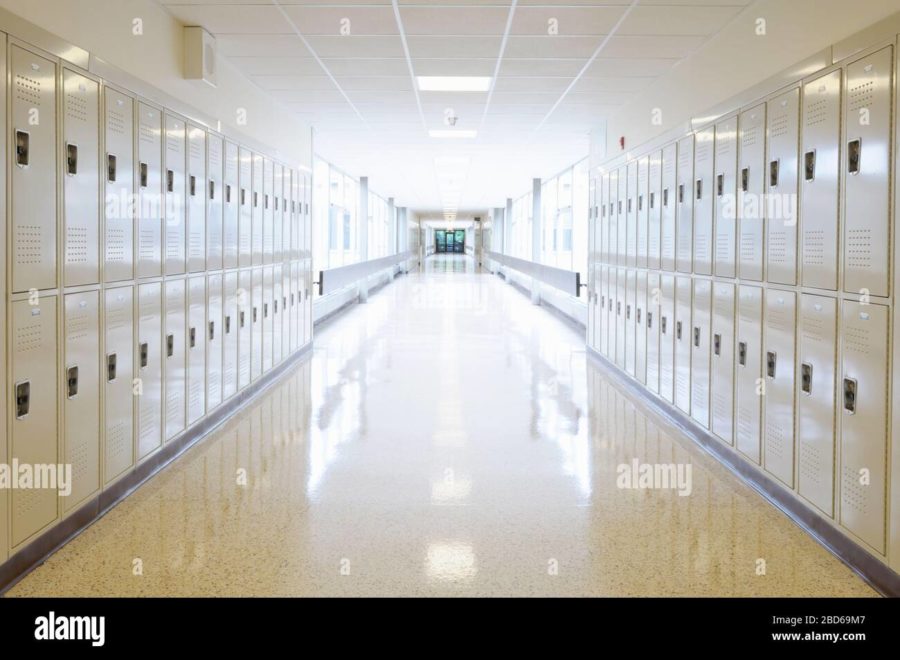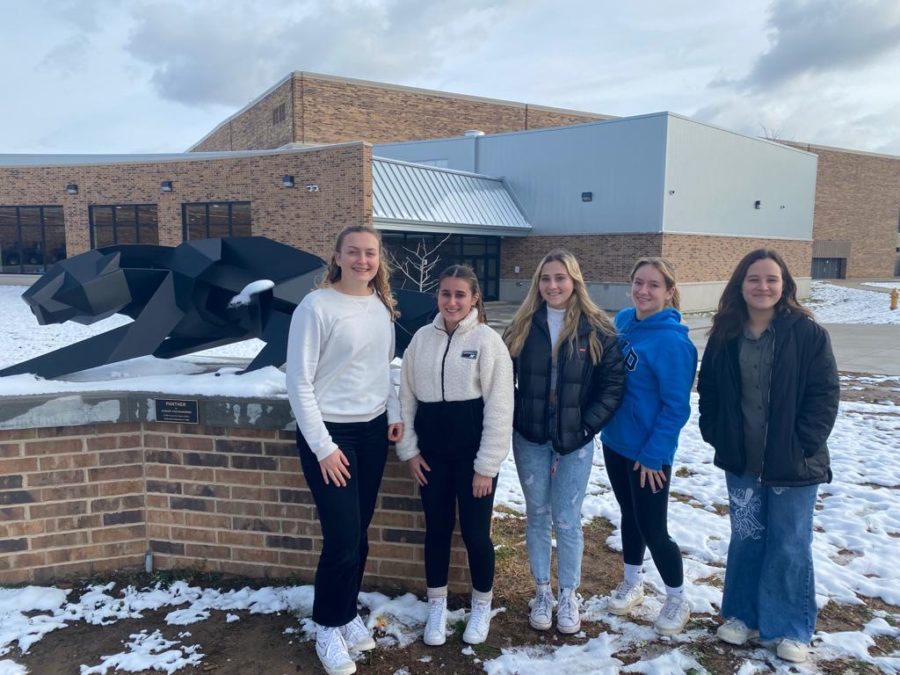It’s hard to gauge if the teachers know it or not, but the reason why most students who take bathroom passes are taking so long is not because all the bathroom stalls are constantly in use, but because we are taking massive detours to get a drink. But water fountains are all over the place. So why would it take so long to get to one? The answer is simple; not all water fountains are created equal.
I think that most people here for a while will form an unconscious partiality when it comes to bubblers, resulting in students half-mindedly walking across the school every time they get their hands on a pass. Teachers will hate to hear it, but this behavior is extraordinarily human.
With this article, my goal is to make these long expeditions to the drinking fountain slightly less mindless, by informing the SPASH public on the invisible culture of bubblers, and which ones are worth stopping by. Treat it like a travel brochure for water fountains.
Location:
It would be easy for me to say that people want a water fountain that is convenient and near their classrooms, but that wouldn’t be completely true. It’s hard to admit, but we all know it’s true, students like walking in the hallways. Maybe it’s because they tell us not to, or maybe it’s ingrained deep within us, but it’s the truth. The ideal bubbler is probably a decent way away from any given classroom, but not far enough to be bothersome, bonus points if it’s near a window, and huge bonus points if it’s near a bathroom.
I talked to a guy named Brett in the library, and he told me about his favorite drinking fountain, “In the lower commons, down there by the bathrooms… and pretty nice location, by the bathrooms but out of the way from the lunch line.”

In my opinion, this is a pretty sweet bubbler. Right next to the nicest bathrooms in the whole school, and pushed neatly into the corner. My only concern is that the traffic could get pretty unpleasant around the lunch periods.
Temperature:
I conducted brief interviews with 7 water-drinking students while researching this article, and all 7 of them told me the same thing: cold water is a necessity. It makes sense! What doesn’t make sense is that certain drinking fountains in this school are room temperature and thus undrinkable to 7 out of 7 students. There are a few reasons why a fountain could be outputting lukewarm water, but one thing’s for certain, avoid them at all costs.
It’s normal for fountains further from the main line to be a little warmer, but that doesn’t explain why some fountains directly adjacent to one another can have vastly different temperatures. According to Distillata, an Ohio-based water distribution company that specializes in water fountains, “If your water is lukewarm… your unit’s cold control may malfunction and require repair or replacement. Alternatively, the coolant in your unit may need charging.” That sounds like our issue. Someone should pass this information onto the SPASH maintenance staff.
Flavor:
Another thing mentioned to me by a few students was the dreaded metallic taste, “Just like your pipes can degrade over time, so can your faucets and fixtures. If you are getting metallic tasting water out of only your kitchen faucet, try switching out the fixture, especially if it is old or showing wear,” writes Steve Tischler, in an article from National Testing Laboratories. If fixture decay really is the reason for the taste, then the problem should be quite avoidable. Simply inspect the faucet for discoloration or rust before you drink.
Dirty-looking faucets are another point of discussion when it comes to picking a bubbler, when asked about a least favorite water fountain, Brett told me,
“The one right around the corner there, it’s pretty gross.”
“Because of the rust?” I asked,
“Yeah definitely, and the temperature,” he replied, nodding.
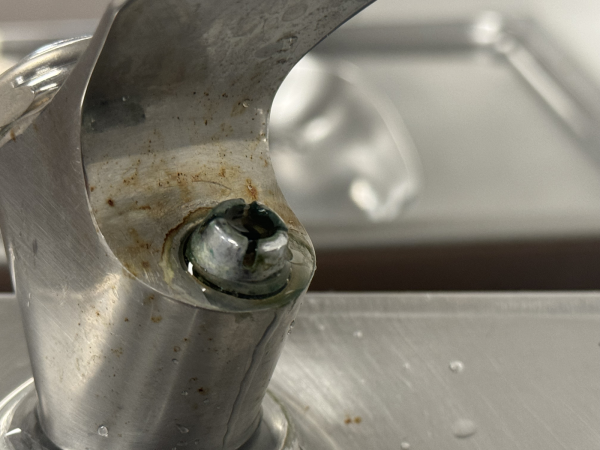
Pressure:
Pressure only really becomes an issue in the extremes: we’ve all had a water fountain that underwhelmingly dribbled when the button was pushed, making it impossible to get any water without using the rusty old faucet as a mouthpiece.
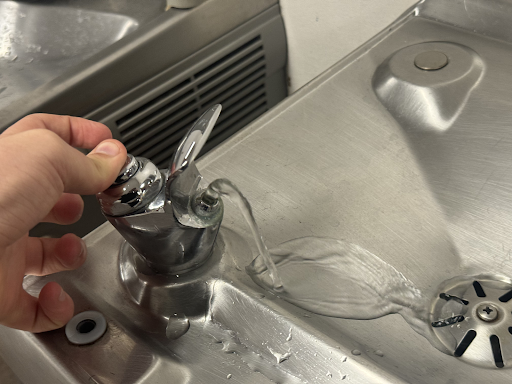
The other extreme is far less common but still occurs. I remember the worst high-pressure fountain I’ve ever used was at the Chazen Museum of Art in Madison. The bubbler shot out water at such high pressure that the water stream missed the bowl entirely. I stepped back in confusion before looking down to see a puddle and significant wear on the ground from the last people who tried to get a drink.
Conclusion:
There are a lot of things to consider when getting a drink of water at SPASH, it seems like students are opinionated about the bubbler situation, and for good reason. For me personally, I value the temperature and location most, that’s why my go-to fountain has got to be good old number 25.

This one has got everything, it’s placed neatly between a men’s bathroom and a large window looking down on the SPASH parking lot. It is a comfortable and deeply enjoyable water fountain that, being at the end of a hallway, is the perfect distance from most of my upstairs classes. For a while, this fountain was my perfect bubbler, the final recommendation to end my article with.
But during my research, a source who wishes to remain anonymous tipped me off to a potential holy grail of drinking spots, a bubbler located in the welding classroom, a room I’ve never been inside. My source told me that it is by far the coldest and cleanest bubbler in the school, immediately I attempted to investigate its existence, but I was quickly escorted out of the area by school staff and told that “Looking for a water fountain isn’t an excuse to be wandering.” (what are they trying to hide?)
So I implore you, anyone reading with access to the welding room, confirm the existence of this sacred, mythical, bubbler, and email me a picture of it along with a description of the taste and a subject line reading “Watergate”: [email protected].
Apart from that potential lead, that’s about it for my advice on water fountains. Use it wisely, and be sure to drink a healthy amount of water.


